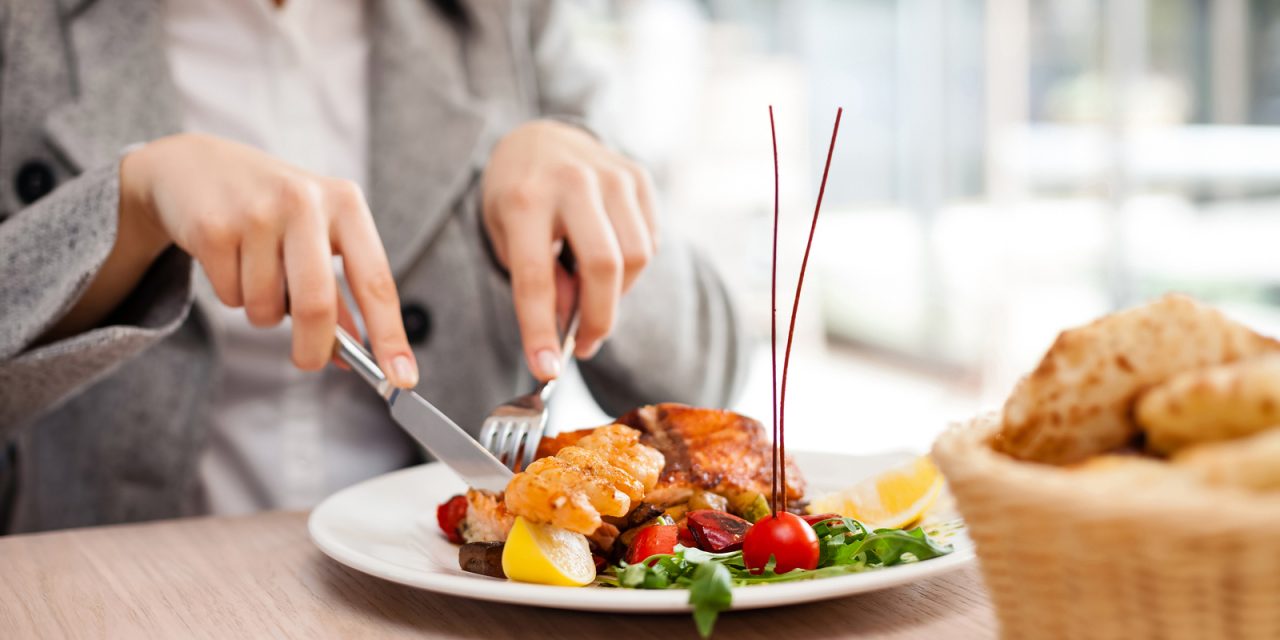It’s perhaps an open secret that choosing to stay in over going out is an option for those seeking to save a bit of money. With regards to the cost of food though, how much does one really save when staying in as opposed to eating out?
Looking at the UK’s favourite dishes, we drill down to the finest details of the costs associated with eating in versus eating out, taking into account the cost of food in the five biggest cities in the UK.
So these are the UK’s favourite dishes (ranked in order of popularity), according to a 2014 BBC Good Food survey completed by 100,000 respondents (with the cost to prepare each dish calculated by tallying up the price of the ingredients as sold in a popular supermarket with a 28.1% market share):
- Roast dinner (43%) – £15.54
- Steak and chips (35%) – £8.57
- Scones, jam and clotted cream (30%) – £9.23
- Apple crumble (29%) – £10.53
- Chocolate brownie (23%) – £10.34
- Lasagne (22%) – £25.38
- Pizza (22%) – £8.97
- Spaghetti Bolognese (21%) – £19.29
- Strawberry cheesecake (21%) – £9.93
- Steak and ale pie (20%) – £27.35
Taking into account the minimum and maximum prices (overall price range) of ten of the top restaurants in the biggest cities (London, Birmingham, Manchester, Glasgow and Newcastle), we can now compare the price difference between buying fresh ingredients to prepare your favourite dishes at home and buying those same dishes ready-made at a restaurant or take-away.
London top ten restaurants overall price range: £3-80
Birmingham top ten restaurants overall price range: £2-150
Manchester top ten restaurants overall price range: £2-90
Glasgow top ten restaurants overall price range: £2-90
Newcastle top ten restaurants overall price range: £2-70
We could perhaps have broken it down even further to indicate the exact prices of each of these dishes, but just looking at the price range suggests that while it is indeed generally cheaper to stay in and cook your favourite dishes from scratch (with ingredients you picked out yourself), sometimes going out to grab a bite to eat matches the cost of eating in, but this only happens under a very rare set of circumstances. You would perhaps have to settle for the cheapest of these dishes, which in many cases entails items from the dessert menu and you’d also have to settle for the smallest portions if your aim was to spend less on a dish you ate at a restaurant as opposed to cooking it at home.
Even if you factor-in some of the associated costs in each case, like the amount you spend on your fuel (both cases) and the amount you spend on the power you use to prepare your food at home (staying in), on average it just works out cheaper to eat in as opposed to eating out. That’s why restaurants remain in business — the retail prices of their menu items are far above the input costs for each of those ingredients.
This research was conducted by Oldrids & Downton, specialists in the sale of dinner sets and other homeware.
- Overcoming Challenges in the Production of THC Seltzers - 10th May 2024
- The changes in dental marketing - 12th October 2022
- Online aligners or surgery based ones? - 12th October 2022








